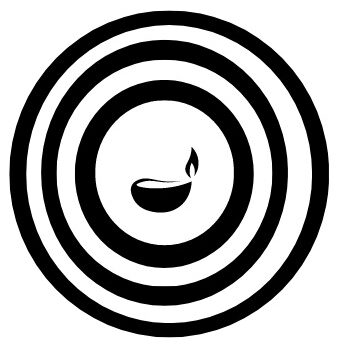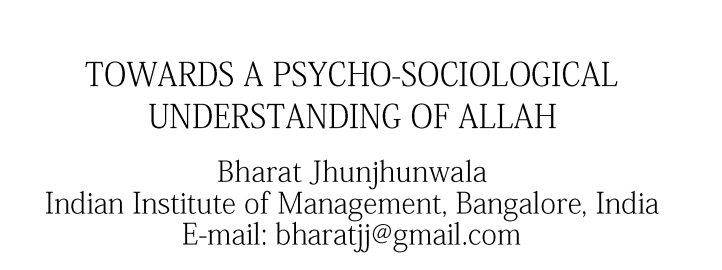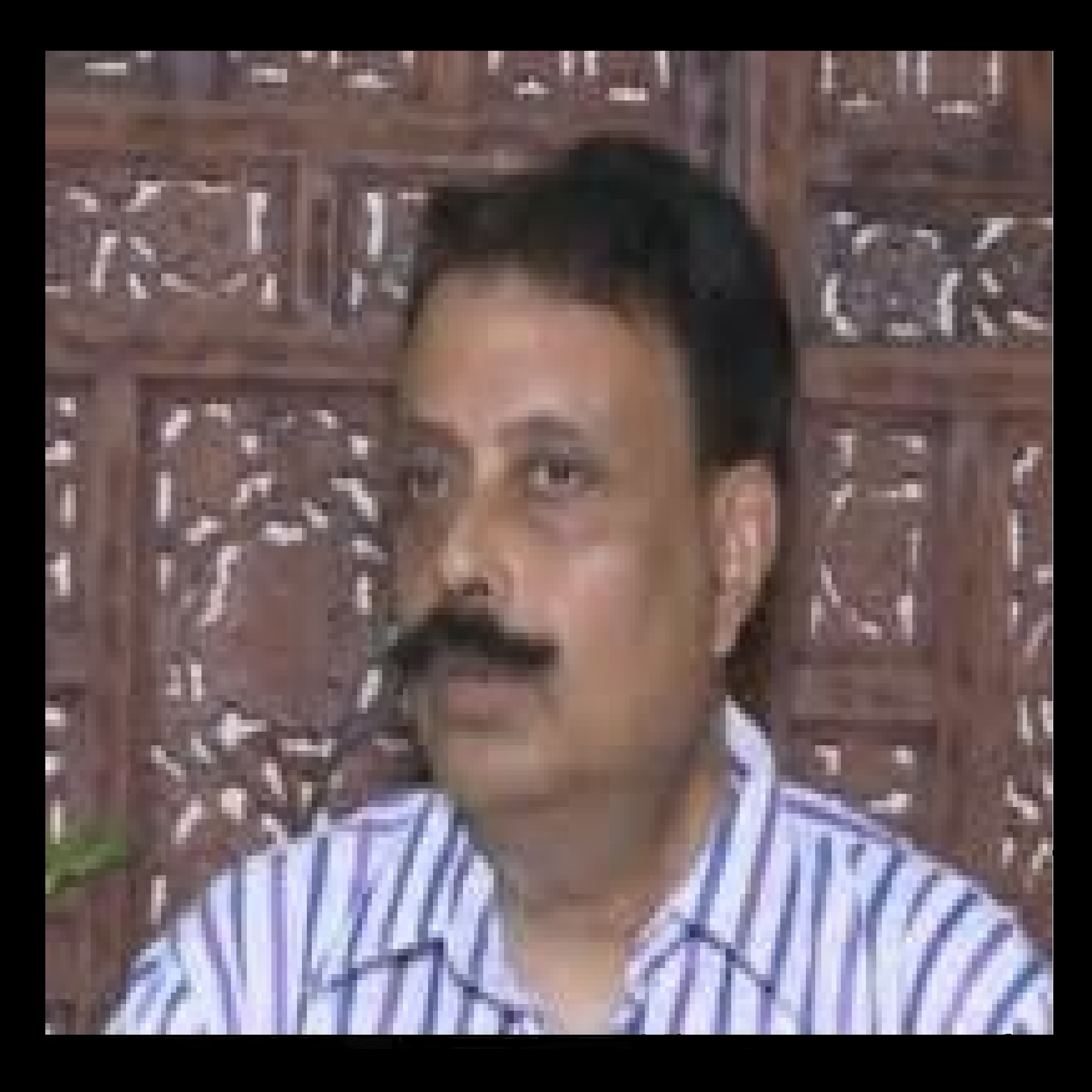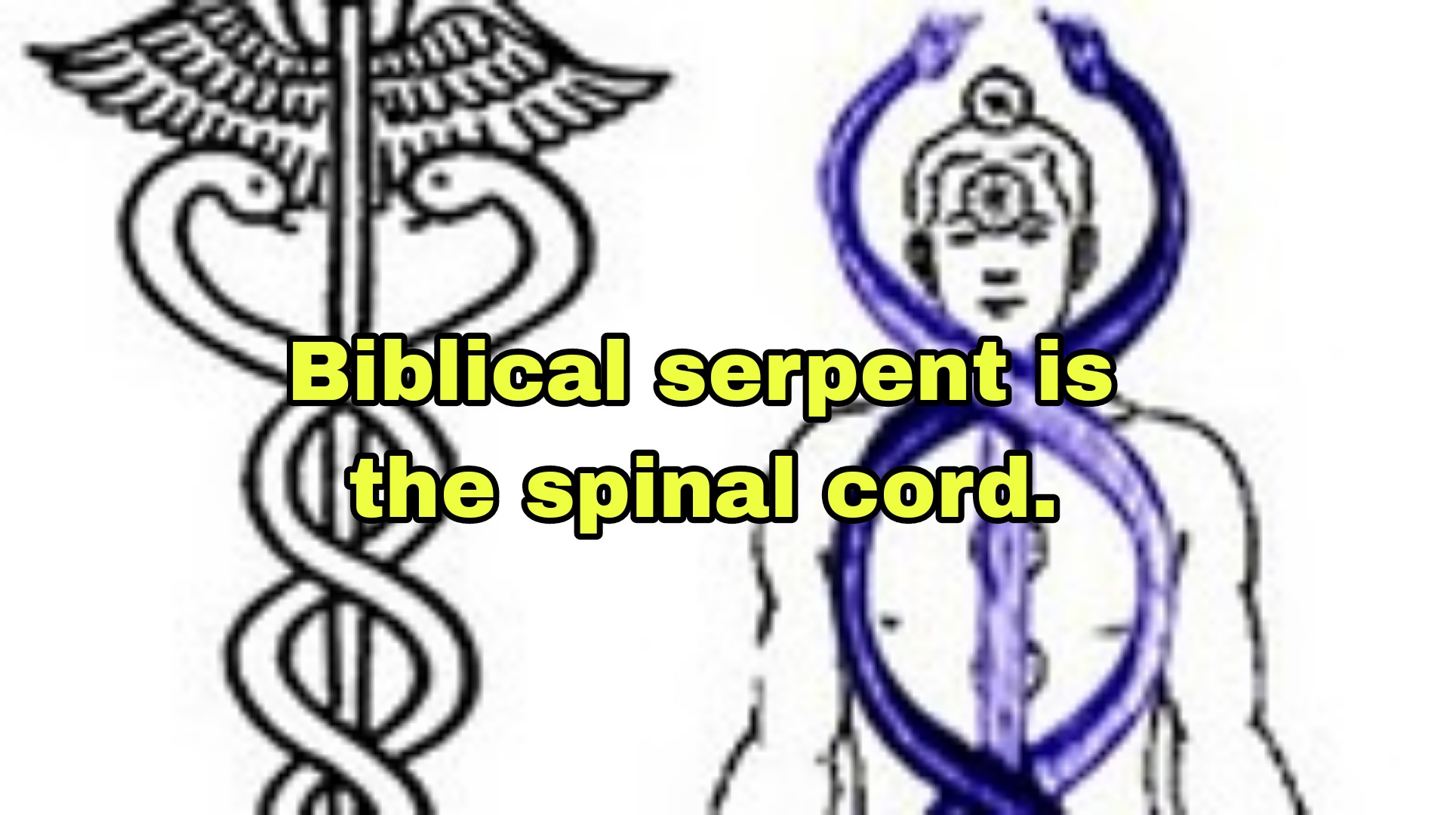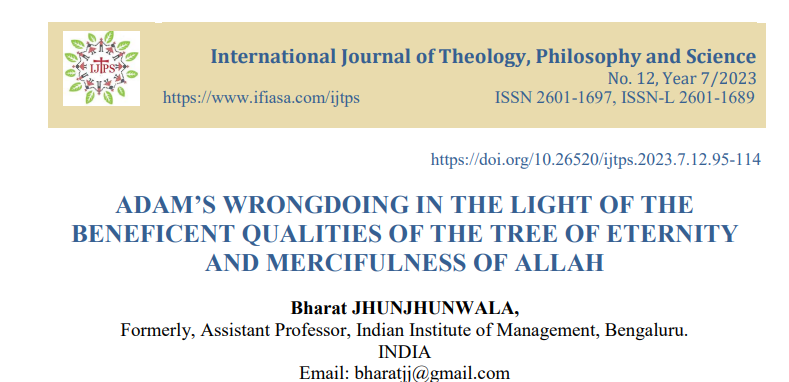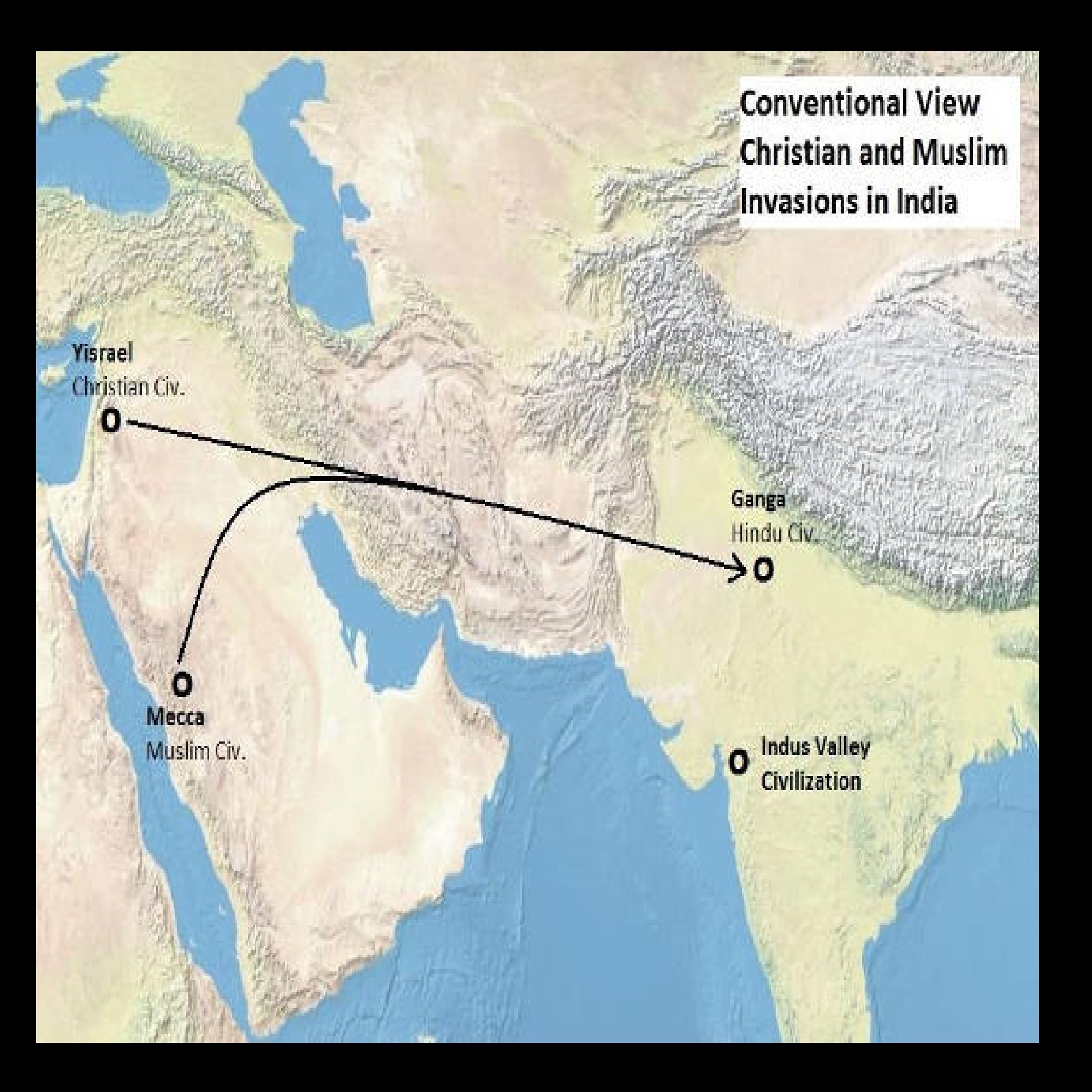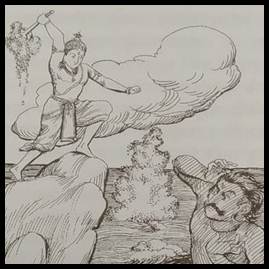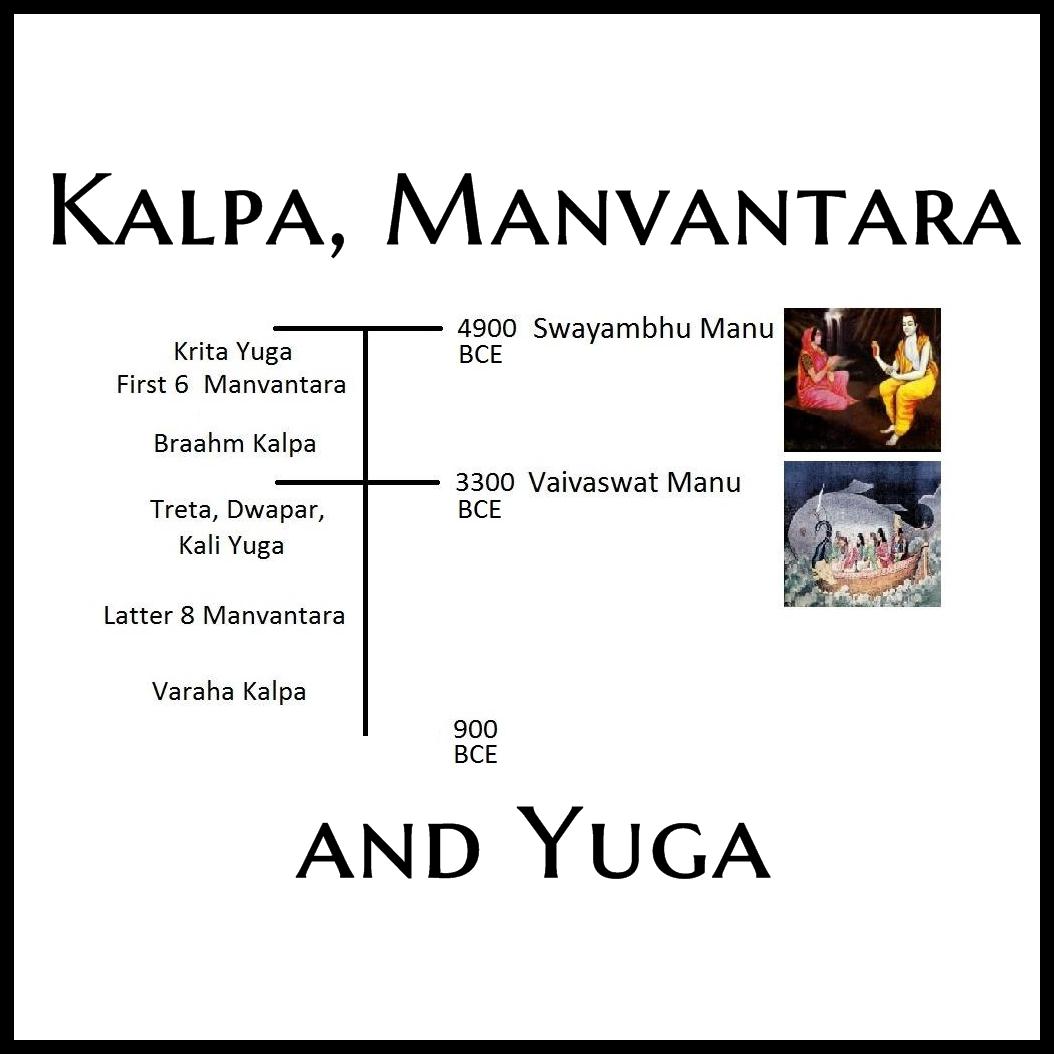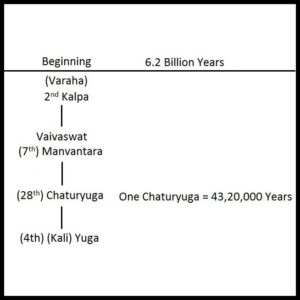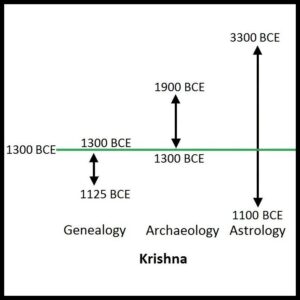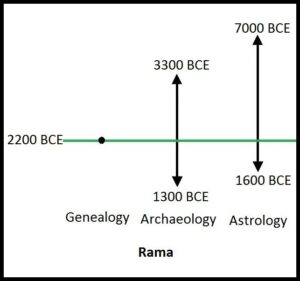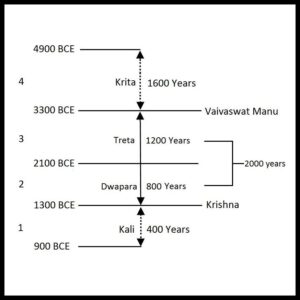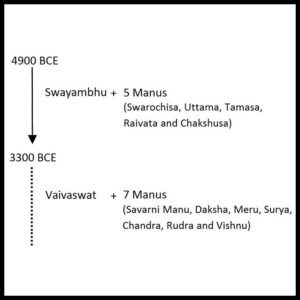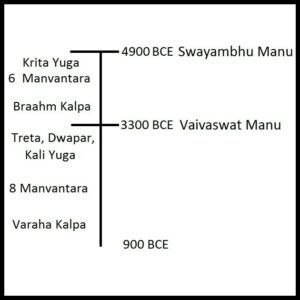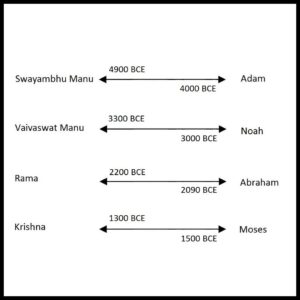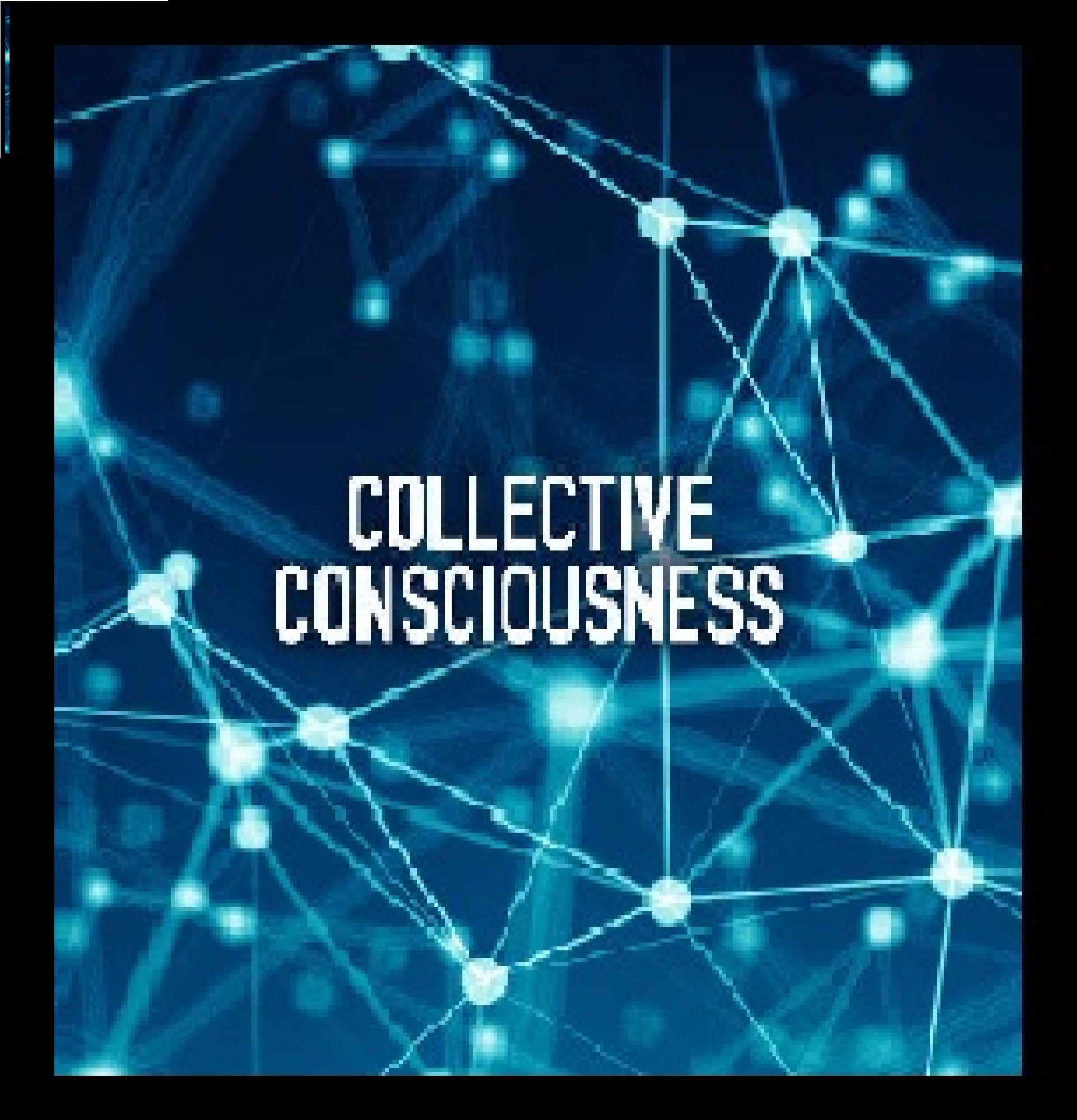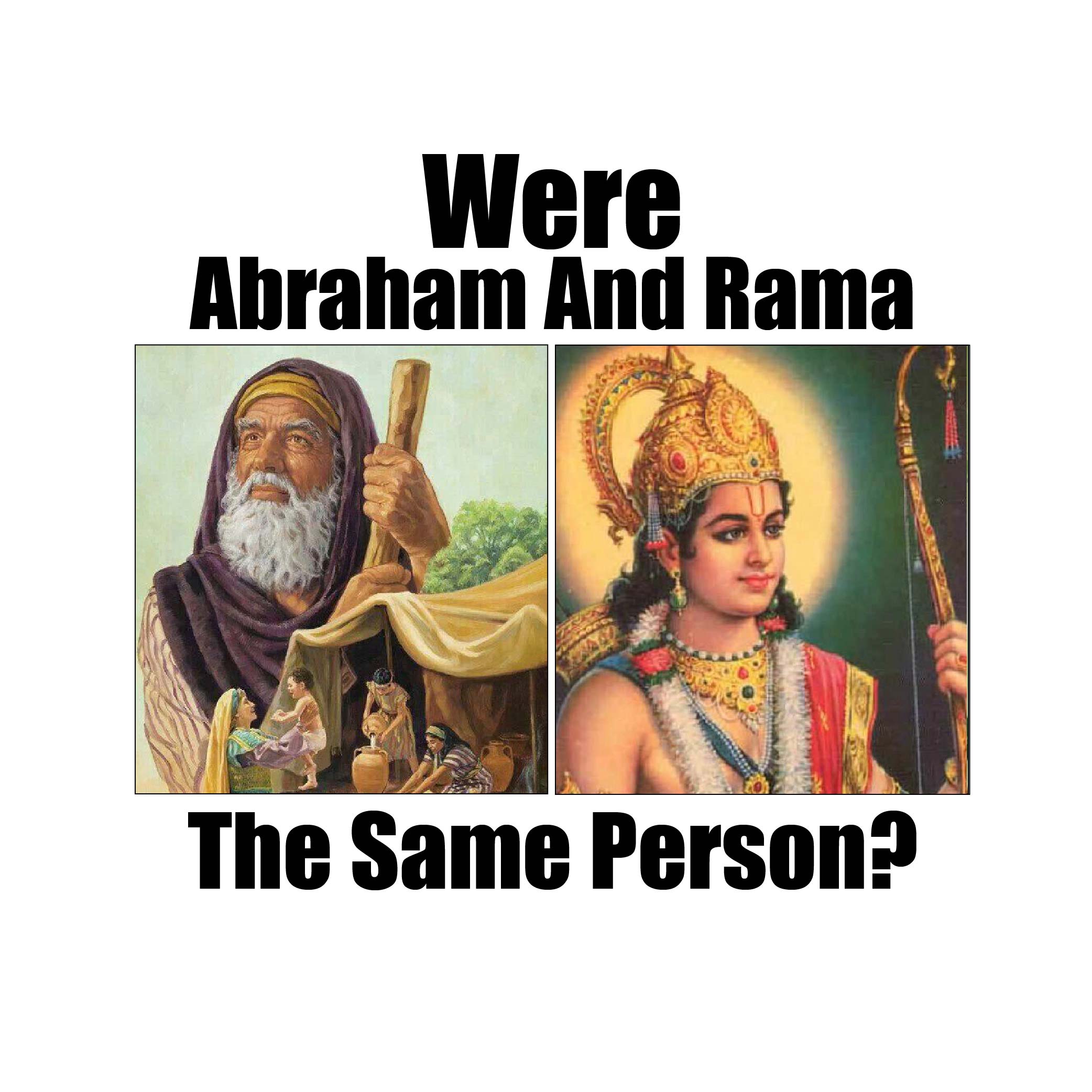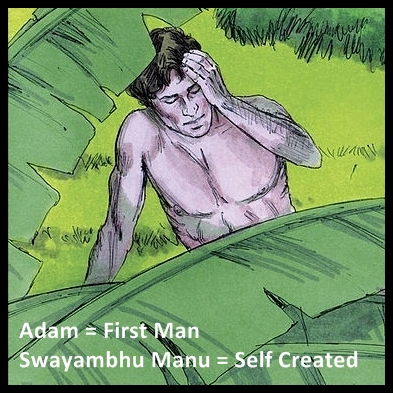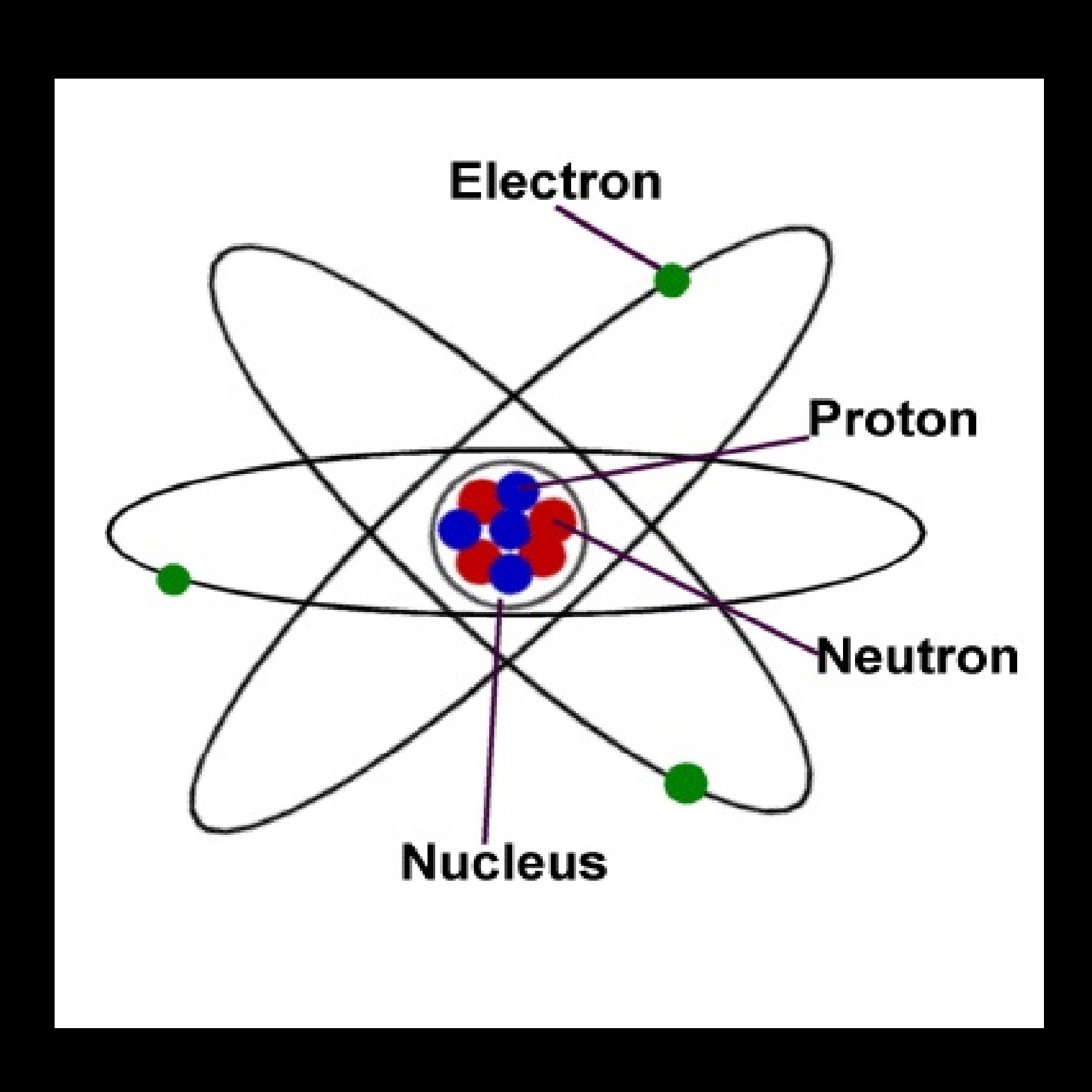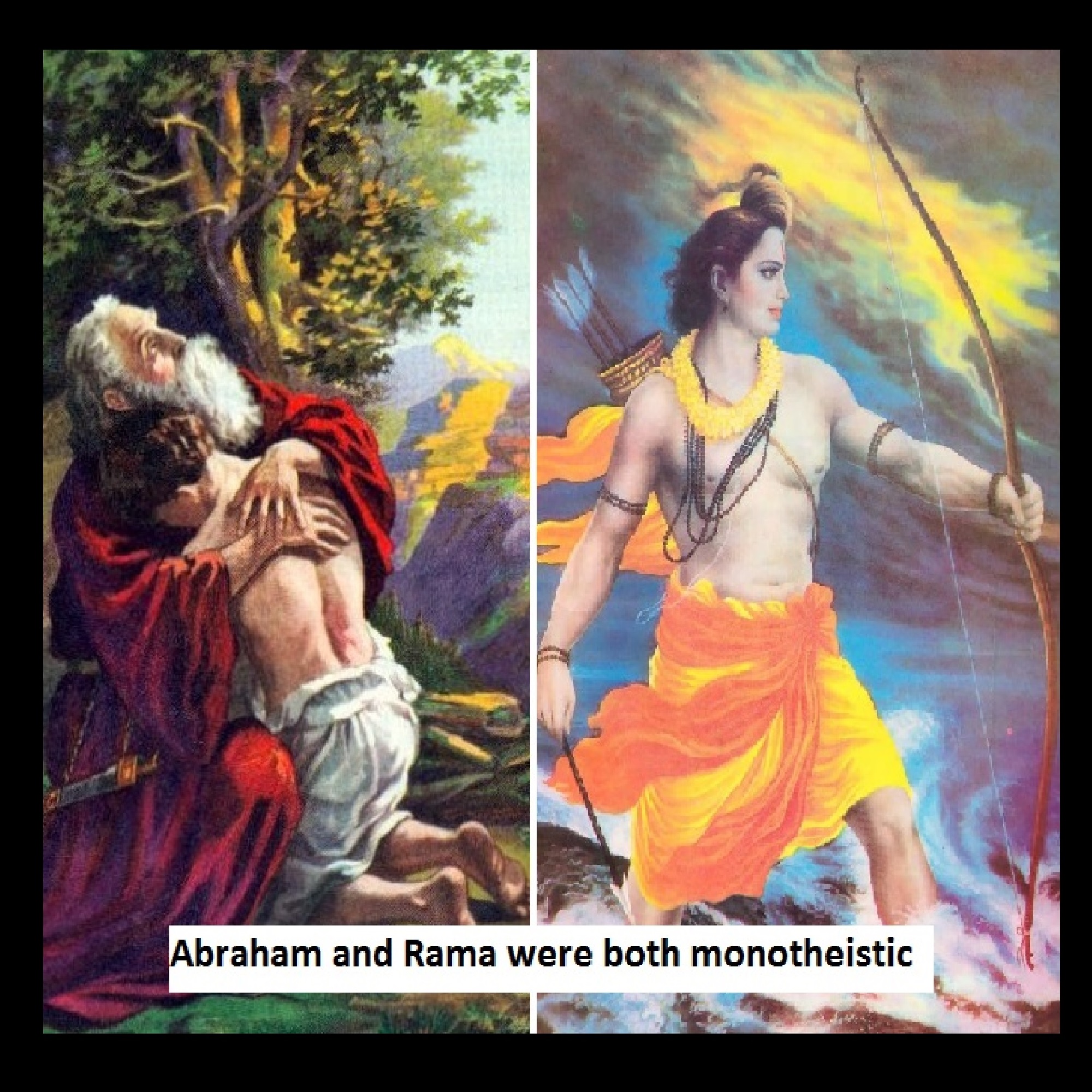We are presently living in the Kali Yuga of the 28th Chaturyuga.
In this post we will reexamine the Hindu timelines in the light of evidences from astrology, archaeology and genealogy and build a revise time line that runs parallel to the Abrahamic tradition. We propose to do this by first determining the time period of three Divine Persons, namely, Vaivaswat Manu, Rama and Krishna. Then we connect them with specific yugas. Lastly, we will show the parallels with the time of Abrahamic Noah, Abraham and Moses. We have been suggesting that the Hindu and Abrahamic traditions have common roots. The timelines of their Divine Persons should then be parallel. However, the Hindu tradition presents very long timelines for the Divine Persons. The Hindu tradition says that we are presently in the Kali Yuga of the 28th Chaturyuga of the seventh Vaivaswat Manvantara of the second Varaha Kalpa. “Chatur” means four. Each Chaturyuga is believed to be of 43,20,000 years. Calculation of these time periods leads us to place the beginning of the first human at about 6.2 billion years ago. In contrast, the Abrahamic traditions believe that the first man Adam lived about 6,000 years ago at 4000 BCE.
The Mahabharata says that Vaivaswat Manu was born towards the beginning of the Treta Yuga. The Valmiki Ramayana says that Rama was born in the Treta Yuga. The Mahabharata and Bhagavata Purana say that Krishna was born towards the end of Dwapara Yuga. We can obtain an estimate of Treta and Dwapara Yuga by determining the time of Vaivaswat Manu, Rama and Krishna.
The time of Krishna is reckoned at 1300 BCE
Krishna| Mahabharata| Buddha| Indus Valley Civilization| Bhagwata Purana
We can determine time of these Divine Persons on the basis of astrology, archeology and genealogy. We begin with Krishna because the genealogical information starts from here. The tradition says that Krishna was born 25 to 32 generations before Buddha. A generation is reckoned at 25 years on the higher side. Thus, Krishna was born between 25×25=625 years and 32×25=800 years before Buddha who, in turn, was born around 470 BCE or, say, 500 BCE. Thus, the time of Krishna on genealogical consideration is calculated between 500+625=1125 and 500+800=1300 BCE.
The second factor is archaeology. The Mahabharata and Bhagwata Purana say that Krishna had to leave Dwarka and go to an unknown country towards the end of his life. Leaving his abode and going away suggests this could be towards the decline of the Indus Valley Civilization which took place around 1300 to 1900 BCE.
The third consideration is of astrology. Estimates for the Mahabharata War and the time of Krishna vary from 3300 to 1100 BCE.
The time for Krishna at 1300 BCE fits with all the three considerations—genealogy at 1125 to 1300 BCE, archaeology at 1300 to 1900 BCE and astrology at 3300 to 1100 BCE. Therefore, we suggest that Krishna was born at 1300 BCE.
Number of scholars suggest the time of the Mahabharata war at 3100 BCE. This would mean that Krishna was born 2600 years before Buddha. At 32 generations between them, one generation would have to be of 81 years to push Krishna that much in the past. Archaeological consideration is also problematic. Krishna was born at the far end of the Yadu line of Ikshwaku dynasty. Thus, we should find evidence of cities etcetera much before Krishna at the time of Yadu and Ikshwaku. However, the beginnings of the Indus Valley Civilization are around 3300 to 3000 BCE. Evidence for cities etcetera much before Krishna are not available if he is placed at 3100 BCE.
The time of Rama is reckoned at 2200 BCE
Rama| Ramayana| Valmiki
The second divine person was Rama. Hindu tradition says that he was born 35 generations or 875 years or, say, 900 years before Krishna at 25 years per generation. Thus, Rama would have been born around 2200 BCE if Krishna was born at 1300 BCE as suggested above. Rama was born in the middle of the Ikshvaku dynasty hence we should find archaeological evidence both before and after his time which is indeed the case at 2200 BCE because Indus valley arose at about 3300 BCE and declined at 1300 BCE. Rama at 2200 BCE fits with the archaeological consideration.
Rama’s time is suggested between 7000 and 1600 BCE on astrological considerations.
The time for Rama at 2200 BCE fits with all the three considerations—genealogy at 2200 BCE, archaeology between 3300 and 1300 BCE and astrology between 7000 and 1600 BCE. Therefore, we suggest that Rama was born at 2200 BCE.
Some scholars locate Rama at 5100 BCE. The difficulty again is that of genealogy and archaeology. If we locate Rama at 5100 BCE and, according to those scholars, Krishna at 3100 BCE; then there would arise a gap of 2000 years between the two. The number of generations between them is suggested to be 35. Thus, each generation would have to extend to 57 years which is not natural. We also do not have archaeological evidence of cities which are described in the Valmiki Ramayana at 5100 BCE. Therefore, the time of Rama at 5100 BCE is not tenable.
The time of Vaivaswat Manu is at 4200 BCE or 3300 BCE.
Vaivaswat Manu| Flood| Ayodhya
The third divine person is Vaivaswat Manu. Tradition says he was born 81 generations or about 2000 years before Rama. Thus, Vaivaswat Manu would have been born about 4200 BCE on genealogical consideration if Rama was born at 2200 BCE as suggested by us previously. On archaeological considerations, the Valmiki Ramayana says that Vaivaswat Manu had established the first city by the name of Ayodhya. The establishment of “first” city matches with the beginning of the Indus Valley Civilization at 3300 BCE. On astrological consideration the time of Vaivaswat Manu is suggested between 8000 and 2700 BCE.
The time for Vaivaswat Manu is arrived at 4200 on genealogical considerations and 3300 BCE on archaeological considerations. Between the two, we prefer the estimate arrived at on archaeological considerations because it is more concrete. The time arrived at on genealogical considerations can vary depending upon the average length of a generation. Therefore, we accept the time of 3300 BCE for Vaivaswat Manu mainly on archaeological considerations. This time falls within the range of 8000 to 2700 BCE on astrological considerations.
Thus we arrive at the time for Vaivaswat Manu at 3300 BCE, Rama at 2100 BCE and Krishna at 1300 BCE on combined genealogical, archaeological and astrological considerations.
Treta Yuga started at 3300 BCE and Dwapara ended at 1300 BCE.
Treta| Dwapar| Yuga| Krishna| Rama| Vaivaswat
Now we can determine the periods of the Treta and Dwapara Yugas on the basis of this information. Vaivaswat Manu was born towards the beginning of the Treta Yuga. Therefore, Treta Yuga would have started at his time at 3300 BCE. Krishna was born at the end of Dwapara Yuga. Therefore, Dwapara Yuga would have ended at his time at 1300 BCE. The ratio of time between the four yugas is believed to be at 4:3:2:1. The ratio of time between Treta and Dwapara would be 3:2. The total time of Treta and Dwapara is around 2000 years. Thus Treta would have covered the first 1200 years while Dwapara would have covered the latter 800 years. Accordingly, the Treta Yuga would be from 3300 to 2100 BCE and Dwapara from 2100 to 1300 BCE. This fits with Vaivaswat Manu at 3300 BCE at the beginning of Treta Yuga; Rama at 2100 BCE in the Treta Yuga and Krishna at 1300 BCE towards the end of Dwapara Yuga.
We can determine the length of Krita Yuga at 1600 years in the ratio 4:3:2:1. Thus, Krita Yuga would have started at 4900 BCE and ended at 3300 BCE. Similarly, we can determine the length of Kali Yuga at 400 years in the ratio 4:3:2:1. Thus, Kali Yuga would have started at 1300 BCE at the time of Krishna, and ended at 900 BCE.
In conclusion, we suggest that Krita Yuga was from 4900 to 3300 BCE, Treta Yuga from 3300 to 2100 BCE, Dwapara Yuga from 2100 to 1300 BCE and Kali Yuga from 1300 to 900 BCE. This makes a Chaturyuga of the four yugas at about 4000 years. The traditional time span of a Chaturyuga is said to be 43,20,000 years. Perhaps the “000” is a hyperbole. If we remove it then our estimate of 4000 years comes close to the traditional estimate of 4320 years for a Chaturyuga. Needless to say, a Chaturyuga cannot extend to 43,20,000 years because human beings evolved only around 160,000 years ago.
First 6 Manvantara started at 4900 BCE.
Manvantara| Swayambhu Manu| Vaivaswat Manu
We now consider the Manvantara question. Swayambhu Manu was born at the beginning of human civilization, which we may consider to have been at the beginning of the Krita Yuga. Therefore, he would have lived around 4900 BCE since the Krita Yuga started at that time. He had a son name Priyavrata who, in turn, had five sons name Swarochisa, Uttama, Tamasa, Raivata and Chakshusa. Swayambhu with these five grandsons are called the first six Manus. The five grandsons would have lived at approximately the same time on the larger historical timeline. In other words, the first Six Manvantaras ran parallel around 4900 BCE. The traditional understanding is that the Six Manvantaras followed each other sequentially. That stands against the texts saying that these Six Manus lived within two generations. We therefore conclude that the first Six Manvantaras were coterminous. Perhaps they may have run at the same time at six different geographical locations each headed by one of the Six Manus.
The second crucial Manu is Vaivaswat. He had a son named Savarni Manu who, in turn, had six sons Daksha, Meru, Surya, Chandra, Rudra and Vishnu. The latter eight of the 14 Manvantaras are named after these Eight Manus. We may say that these Eight Manus lived at approximately at the same since they were sons or grandsons of Vaivaswat Manu. The traditional understanding is that these eight Manvantaras followed each other sequentially. That stands against the texts saying that these Eight Manus lived within two generations. We therefore conclude that the latter Eight Manvantaras were coterminous. Perhaps they may have run at the same time at eight different geographical locations each headed by one of the Eight Manus.
The parallel time of Yuga, Manvantara and Kalpa.
Kalpa| Braahm| Vaivaswat| Great Flood
The third timeline is that of Kalpa. The tradition says that we are living in the Second Kalpa known as Varaha Kalpa. The First Kalpa was known as Braahm Kalpa. We can determine the time of the Varaha Kalpa by reference to Lord Varaha or Boar who lifted the earth after the Great Flood. This flood took place at the time of Vaivaswat Manu as indicated in the Matsya or Fish Incarnation. Thus, Varaha Kalpa would have started at the time of Vaivaswat Manu. Accordingly we can say that Varaha Kalpa started at 3300 BCE. It follows that the Brahma Kalpa would have ended at this same time at 3300 BCE. We do not know when the Braahm Kalpa started or the Varaha Kalpa will end. However, 3300 BCE provides the transition point from Brahma to Varaha Kalpa.
The parallel time of Yuga, Manvantara and Kalpa
We find that the Yuga system, the Manvantara system and the Kalpa system all have an anchor at the time of Vaivaswat Manu at 3300 BCE. This is when the Varaha Kalpa started, when the latter eight of the Fourteen Manvantaras started; and when the Treta Yuga started. It follows that the Kalpa, Manvantara and Yuga overlap. The same timeline between 4900 BCE and 900 BCE is divided in three different ways. The first division is in two Kalpas. Up to 3300 BCE is Brahma Kalpa and from 3300 is Varaha Kalpa. The second division is that of Manvantara. The first Six Manvantaras named after Swayambhu Manu and his five grandsons started at 4900 BCE. The latter Eight Manvantaras named after Vaivaswat Manu and his seven sons or grandsons started at 3300 BCE. The third division is that of Yugas. The Krita Yuga started at 4900 BCE and ended at 3300 BCE. Treta Yuga started at 3300 BCE and ended at 2100 BCE. Dwapara Yuga started at 2100 BCE and ended at 1300 BCE. Kali Yuga started at 1300 BCE and ended at 900 BCE. This timeline matches with the evidences from genealogy, archaeology and astrology.
Parallels between Hindu and Abrahamic timelines.
This timeline also becomes somewhat parallel to the Abrahamic timeline which places Adam at 4000 BCE whereas we have placed his parallel Swayambhu Manu at 4900 BCE. This difference is not so substantial considering the long timelines. The Abrahamic timeline places Noah at 3000 BCE whereas we have placed his parallel Vaivaswat Manu at 3300 BCE. The Abrahamic timeline places Abraham at 2090 BCE whereas we have placed his parallel Rama at 2200 BCE. The Abrahamic timeline which places Moses at 1500 BCE whereas we have placed his parallel Krishna at 1300 BCE.
There is a need to reexamine the Hindu timeline and make it consistent with the evidences from astronomy, archaeology and genealogy and present it to the modern inquisitive mind in understandable terms. In the process, we may also examine its parallel with the Abrahamic timeline.
Visit our website: https://www.commonprophets.com/
For Videos: https://www.youtube.com/channel/UCN4sb3toJxNGPjmSubnwz_Q
For more information on the theory of Common Prophets, Please like my FB Page One God One 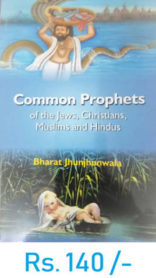 Religion, Subscribe my English channel One God One Religion, subscribe my Hindi Channel एक ईश्वर, and you may like to buy my book here.
Religion, Subscribe my English channel One God One Religion, subscribe my Hindi Channel एक ईश्वर, and you may like to buy my book here.
